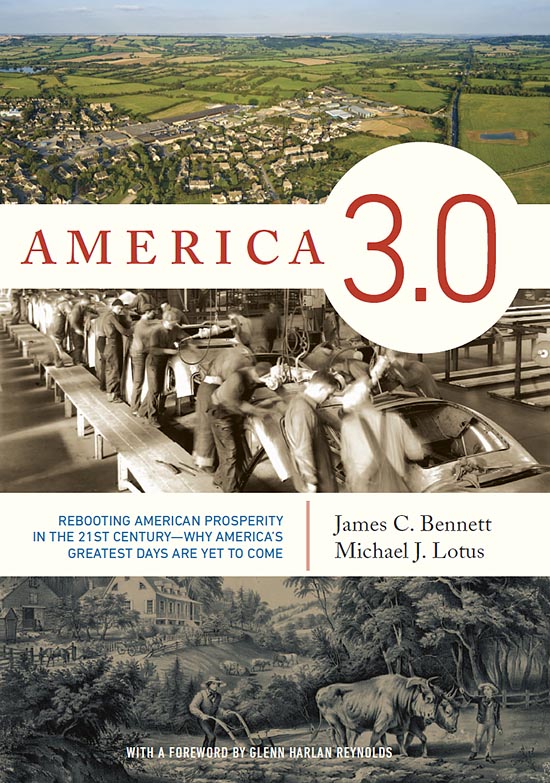I have written several posts that use Carroll Quigley’s “institutional imperative” as a lens for understanding contemporary events. [1] Mr. Quigley suggests that all human organizations fit into one of two types: instruments and institutions. Instruments are those organizations whose role is limited to the function they were designed to perform. (Think NASA in the 1960s, defined by its mission to put a man on the moon, or the NAACP during the same timeframe, instrumental to the civil rights movement.) Institutions, in contrast, are organizations that exist for their own state; their prime function is their own survival.
Most institutions start out as instruments, but as with NASA after the end of the Cold War or the NAACP after the victories of the civil rights movement, their instrumental uses are eventually eclipsed. They are then left adrift, in search of a mission that will give new direction to their efforts, or as happens more often, these organizations begin to shift their purpose away from what they do and towards what they are. Organizations often betray their nature when called to defend themselves from outside scrutiny: ‘instruments’ tend to emphasize what their employees or volunteers aim to accomplish; ‘institutions’ tend to emphasize the importance of the heritage they embody or even the number of employees they have.
Mr. Quigley’s institutional imperative has profound implications for any democratic society especially a society host to so many publicly funded organizations as ours. Jonathan Rauch’s essay, “Demosclerosis” is the best introduction to the unsettling consequences that come when public organizations transform from instruments into institutions. [2] While Mr. Rauch does not use the terminology of the Institutional Imperative, his conclusions mesh neatly with it. Describing the history and growth of America’s bureaucratic class, Mr. Rauch suggests its greatest failing: a bureaucracy, once created, is hard to get rid of. To accomplish whatever mission it was originally tasked with a bureaucracy must hire people. It must have friends in high places. The number of people who have a professional or economic stake in the organization’s survival grows. No matter what else it may do, it inevitably becomes a publicly sponsored interest group. Any attempt to reduce its influence, power, or budget will be fought against with ferocity by the multitude of interests who now depend on it. Even when it becomes clear that this institution is no longer an instrument, the political capital needed to dismantle it is just too high to make the attempt worth a politician’s time or effort. So the size and scope of bureaucracies grow, encumbering the country with an increasing number of regulations it cannot change, employees it does not need, and organizations that it cannot get rid of.
I used to think that the naked self-interest described by Mr. Rauch was the driving force behind the Institutional Imperative. It undoubtedly plays a large role (particularly when public funds are involved), but there are other factors at play. One of the most important of these is what business strategists call Marginal Thinking.
Read more
and generally by “preppers” and, indeed, anyone anticipating a societally disruptive crisis in the near future.

